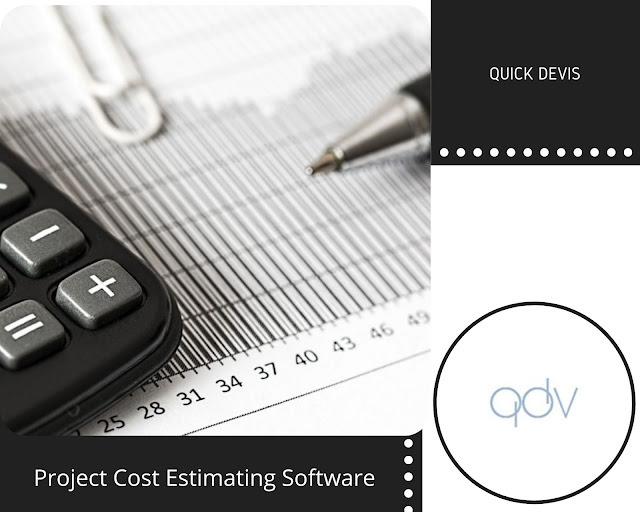Ever begun a project with great hope, only to get stuck halfway? You are not alone. As PMI estimates, 37% of the projects fail because of lousy planning, mostly related to vague tasks, resources, and timelines. Here's where a WBS can be a difference maker.
It's frustrating and doesn't make sense at all to try assembling a puzzle without that picture on the box, isn't it? Now imagine your Work Breakdown Structure as that very picture breaks your project into smaller, manageable pieces and gives you clarity and control starting from the beginning to the end. Let's dive into how this powerful tool can transform your project planning.
Why Project Planning Feels Like a Maze and How a Work Breakdown Structure Simplifies It
Projects can get quite unruly when there is no clear roadmap. Deadlines slip, teams get confused, and budgets spiral out of control. But a Work Breakdown Structure eliminates all that chaos by giving you:
Clear Scope Definition: Breaking down the project into smaller, well-defined components using a WBS ensures that each team member knows exactly what is to be done.
Improved Resource Allocation: With the visualization of tasks in a hierarchy, you can assign resources better, and no one will be overburdened or overworked with too much at one time.
Better Risk Management: With smaller tasks, you are more likely to catch potential risks early on so you can take action before they derail your project.
Think of the WBS as a map that leads you from the starting point to a successful project—step by step, with no guesswork involved.
The Key Elements of a Work Breakdown Structure You Need to Know
To create a workable Work Breakdown Structure, you will need to include these essential elements:
1. Hierarchy Is Key
At its very base, a WBS is a hierarchy. Work backward from the final deliverable on top, using smaller and smaller deliverables or tasks under them. In an example such as launching a new product, a top-level goal might be "Product Launch" with marketing, production, and testing being some of your subcategories.
2. Deliverables
A good WBS focuses on deliverables rather than activities. Instead of listing “writing code” as a task, break it into “develop login functionality” or “create user interface.” This keeps the focus on outcomes.
3. Stick to the 100% Rule
The 100% rule ensures that all tasks in your WBS cover the entire scope of the project without overlapping or leaving anything out. This guarantees you’re not missing critical steps.
4. Use Levels of Detail Judiciously
Avoid overdoing it and breaking things down too far into the weeds. Your WBS should be balanced: enough detail to be managed effectively, but not so much that it becomes unmanageable.
Actionable Steps for Creating a Work Breakdown Structure That Works in Practice
Here are some practical steps to help your Work Breakdown Structure work in practice, rather than simply being a theory:
Collaborate with Your Team: Stakeholders and team members should be included in building the WBS. Their insights will now help you identify all the necessary tasks with zero blind spots.
Leverage Tools: Modern estimation tools can greatly ease the task of creating a WBS by allowing you to visualise the tasks and resources employed systematically.
Keep It Updated: As projects evolve, your WBS must also adapt. Review your WBS whenever there are new tasks or if the priorities change.
With these tips, your WBS will become the spine of an organised successful project.
Conclusion: Ready to Plan Projects like a Pro?
A Work Breakdown Structure is not just a tool but the secret that will take the chaos out of project planning. It transforms overwhelmed projects into steps for better clarity, more effective resource usage, and outcomes.
If you’re ready to take your project planning to the next level, why not explore tools designed to simplify the process? Quick Devis offers industry-leading estimating solutions that integrate seamlessly with your planning workflows. Start building better projects today!



Comments
Post a Comment